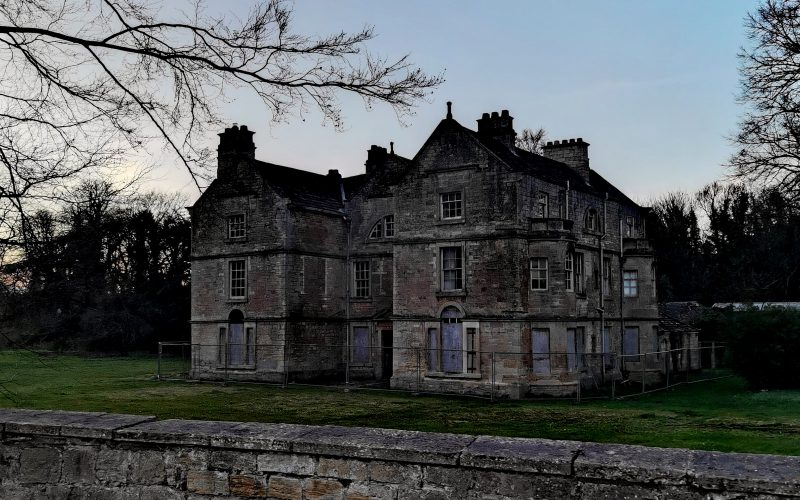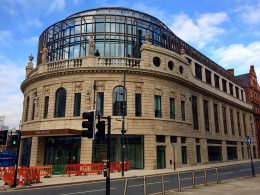An urban explorer has shared images showing the inside of an abandoned Leeds mansion that was once used to film a Jane Austen blockbuster.
Kyle Urbex, originally hailing from Huddersfield, revealed the insides of the now-derelict Leeds film set after visiting the ancient house in Bramham Park, Wetherby.
Images show the remains of what was once a prestigious stately home: with ‘creepy’ yellowing bible passages clinging to the corridor of the upper floor, grand staircases beset with dampness and rot, and once-impressive walls and doors peeling their wallpaper and paint onto the floor.
Having been the site of the Nostell Priory monks’ cell in medieval times, in its hey day the Biggin housed members of a variety of famous families – D’Arcy, Gascoigne, Farifax, Goodrick – as well as Charles Allanson, MP for Ripon from 1768.
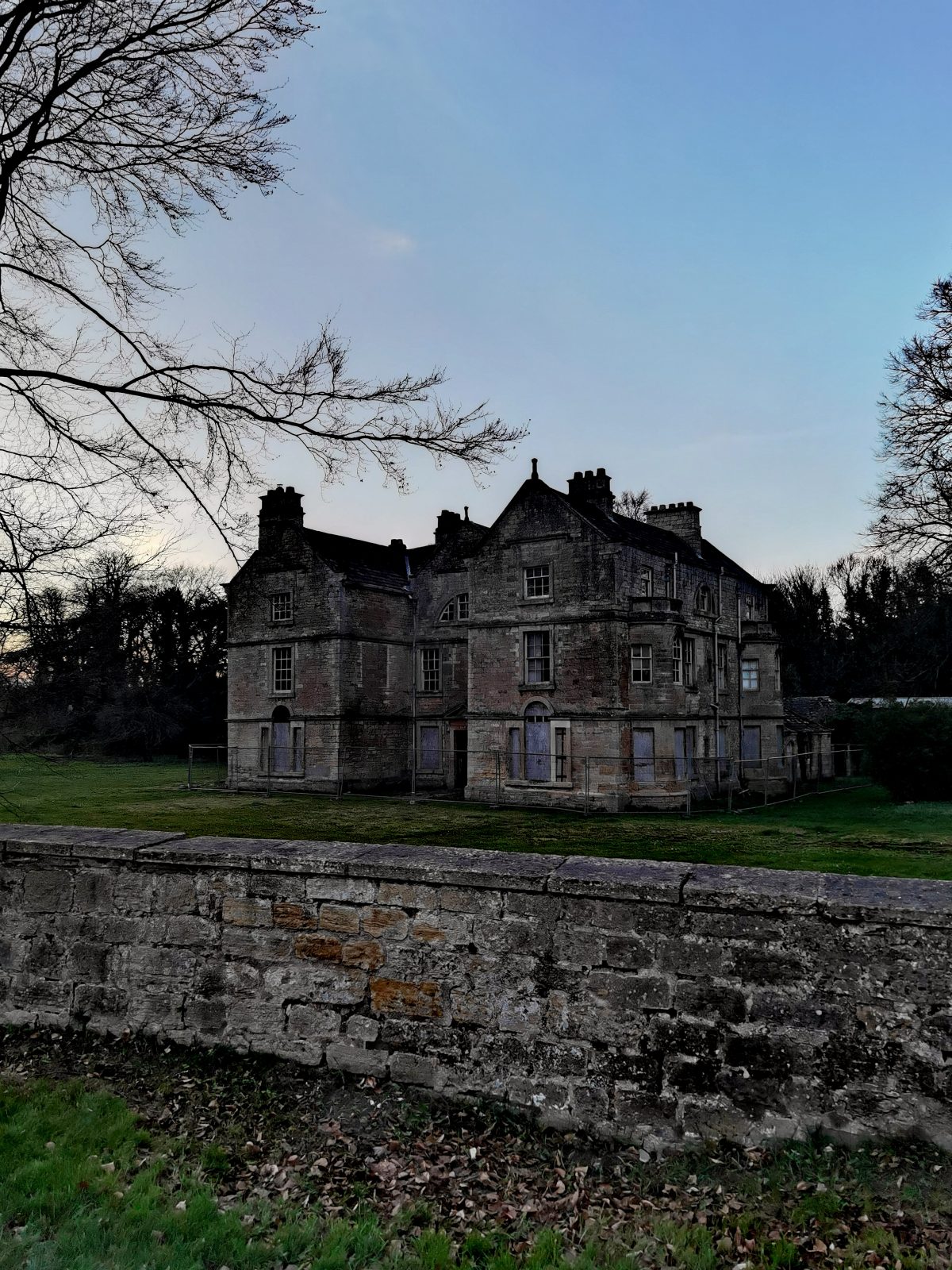
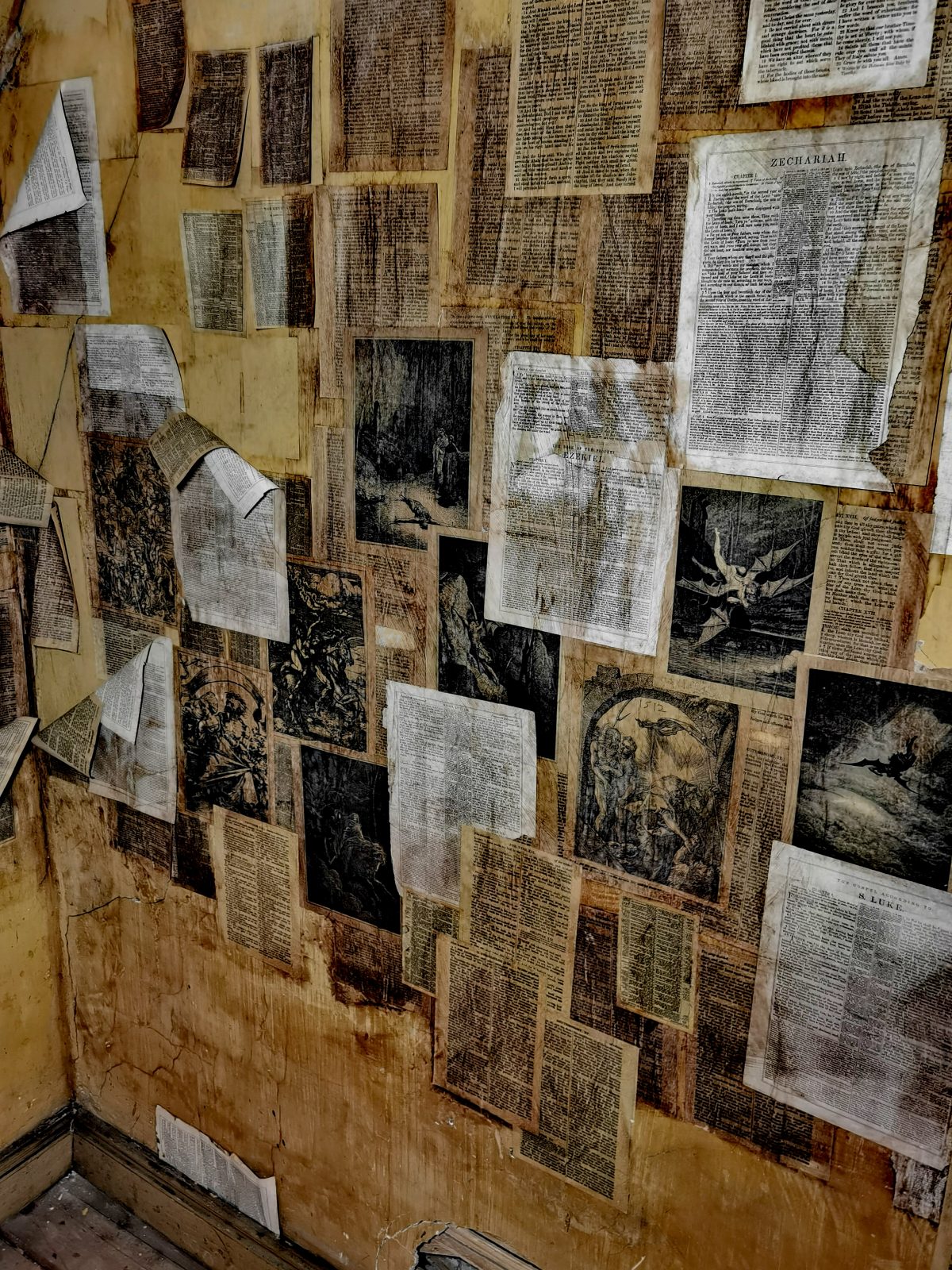
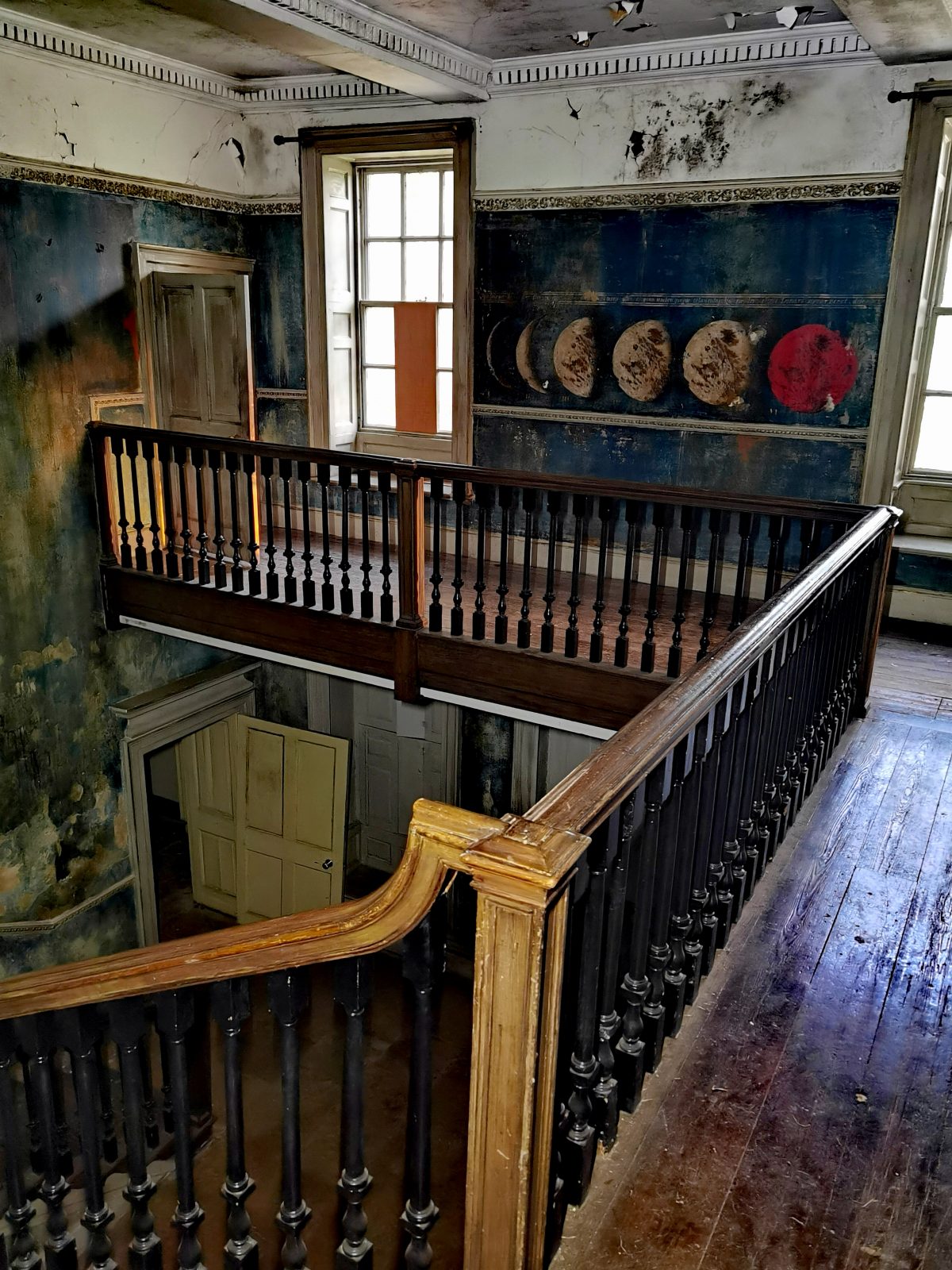
In turn, in time Allanson was succeeded by his relatives the Winn family, one of whom, Sir George Winn, became Lord Headley in 1797.
The house was also once used during the filming of the Yorkshire TV series Lost in Austen, which sees disillusioned modern working girl Amanda Price `swap’ her life for that of Austen’s celebrated Pride and Prejudice heroine, Elizabeth Bennet.
Other people of note to have lived in the now-derelict mansion over the years include Mr Henry Ramsden, who lived in the property from the 1840s.
Then, in 1843, Bramham Biggin was leased out and greatly extended to function as Bramham College – boasting 130 acres of parks and gardens, as well as a new hall, theatre, gymnasium and cloisters, as well as a Grecian-style refectory with a glass dome.
Read more: Taste:BD – Bradford’s newest outdoor food and drink festival
The College gained a good reputation and during its short life and attracted the sons of leading Yorkshire families. Ultimately, however, it closed after falling into decline following a severe epidemic of cholera in 1869 wen several pupils died.
Today, those pupils are buried next to their headmaster under the yew tree at the eastern end of Bramham churchyard.
After the college closed, the buildings were dismantled and Bramham Biggin reverted to being a house – yet it still remained within the Bramham Park Estate, lived in by Mr Duncalfe and the Hon Christopher York up until the start of the second world war.
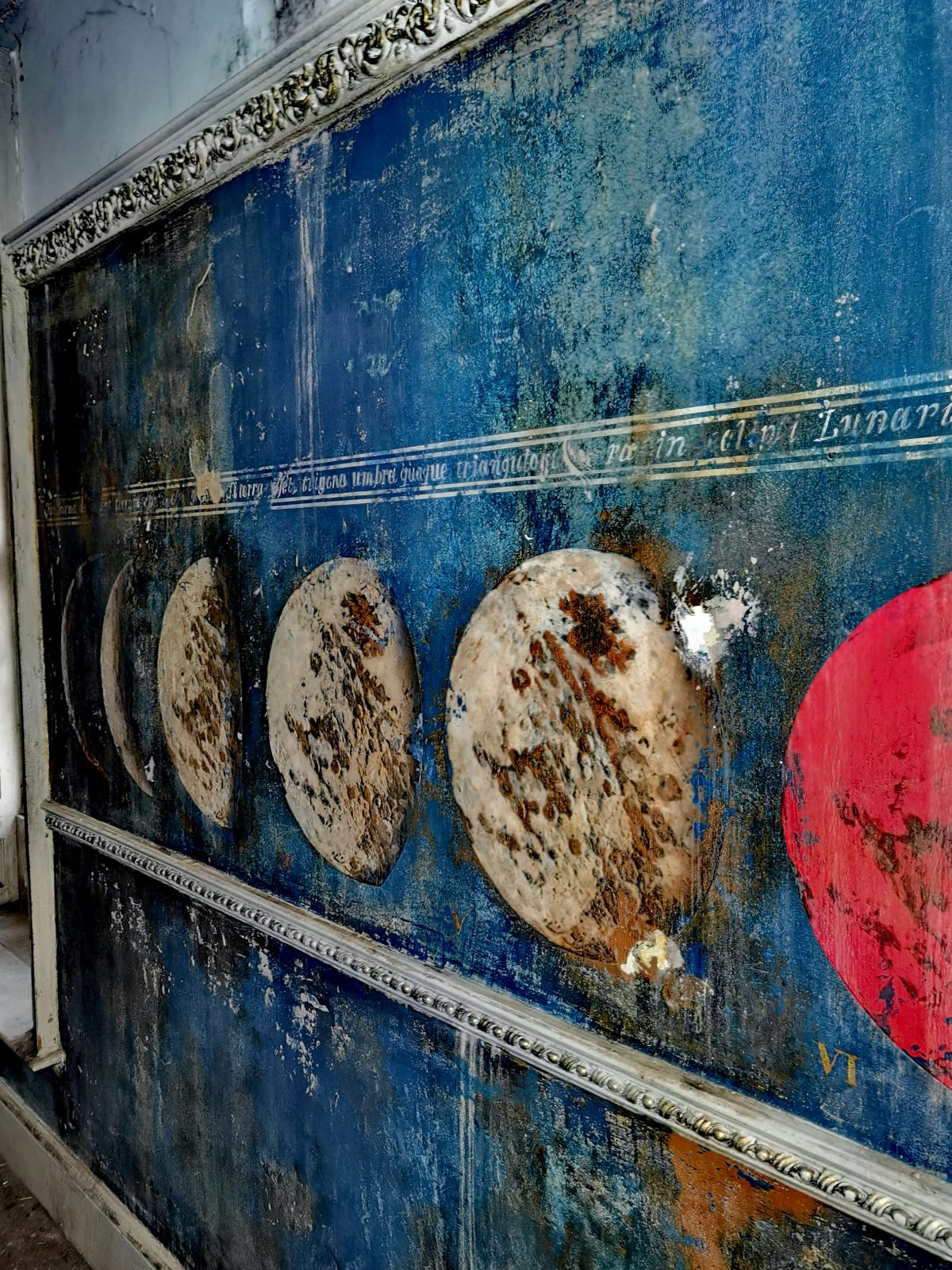
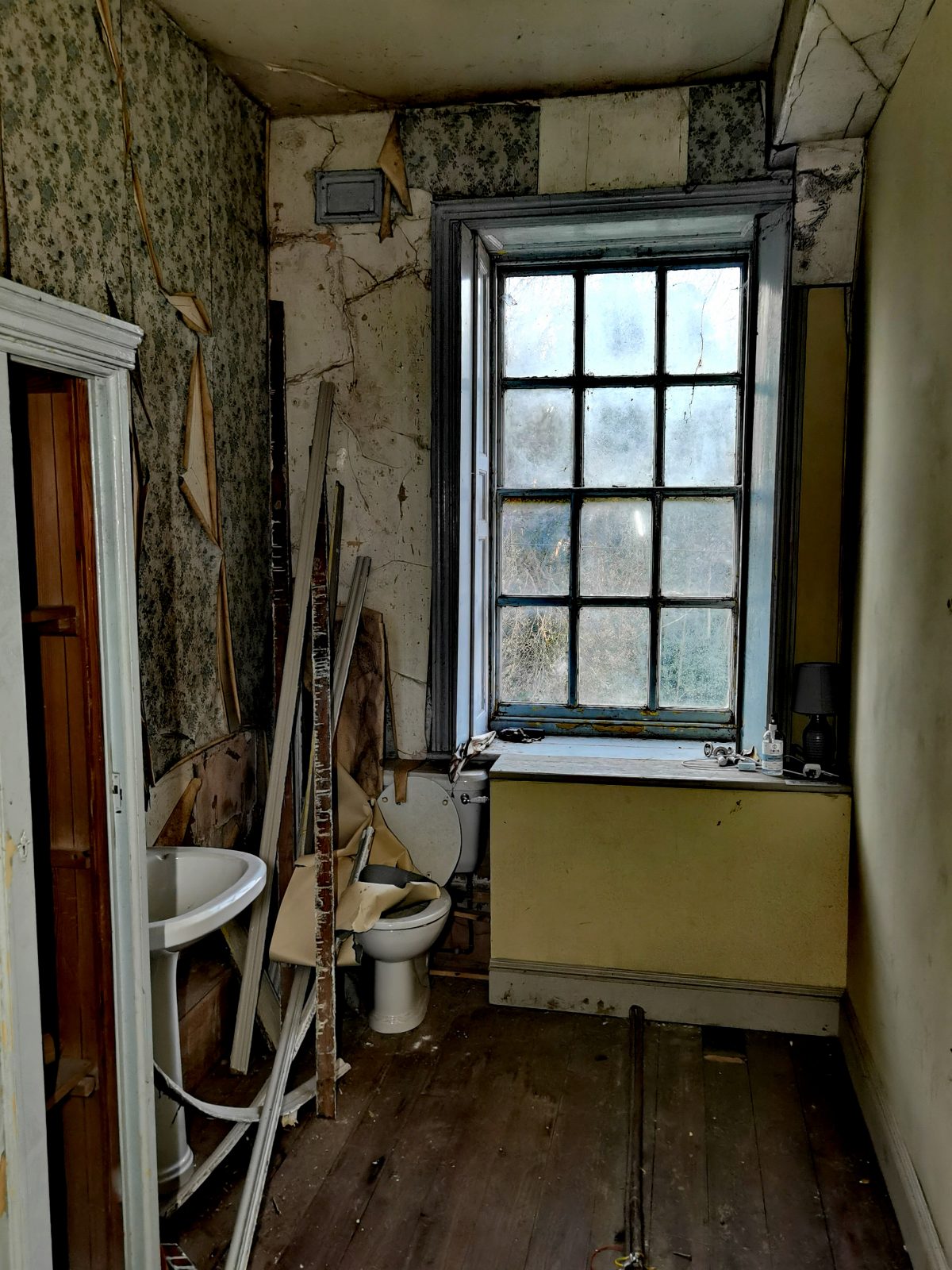
During the war, a Miss Brown ran a nursery school there and it was also used to house child evacuees fleeing Britain’s inner cities for a period of time.
Speaking to Examiner Live on his visit to the house, urban explorer Kyle said: “
Kyle said the house was ‘pretty cold’ and “fairly stripped out of any sort of real features.”
Read more: Everything you need to know about Springwell Sessions: Leeds’ huge bank holiday beer festival
“As I made my way to the attic I made the biggest discovery which was the old church-style papers left clinging to the walls and rotting away.
“I absolutely loved this explore given the church papers hidden inside. It was certainly an eerie feeling.”
Featured image – Kyle Urbex





